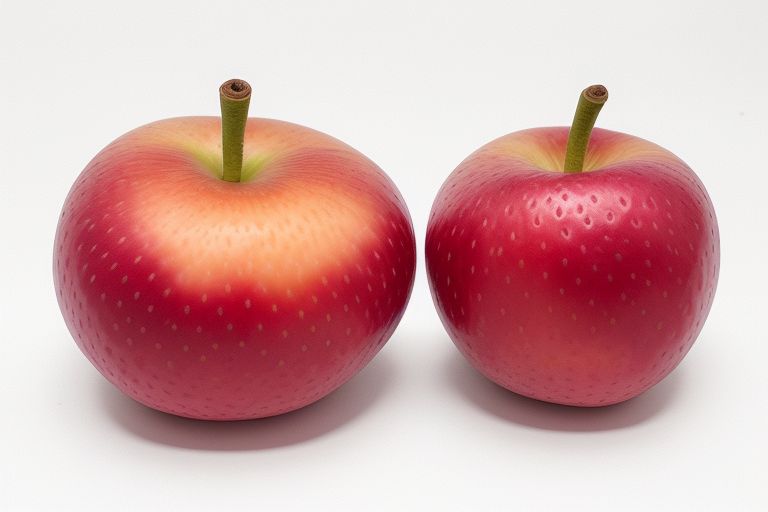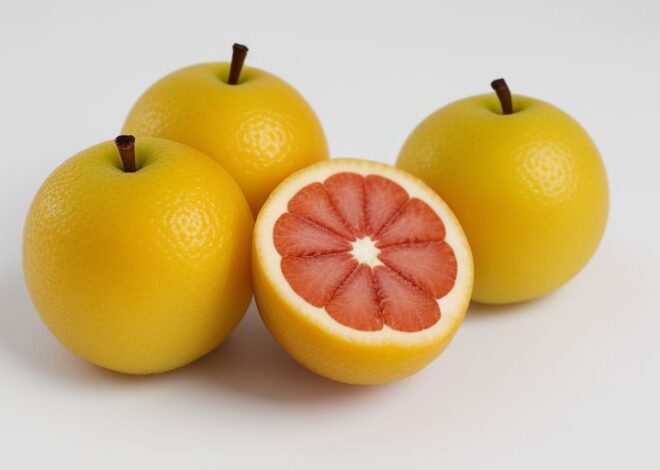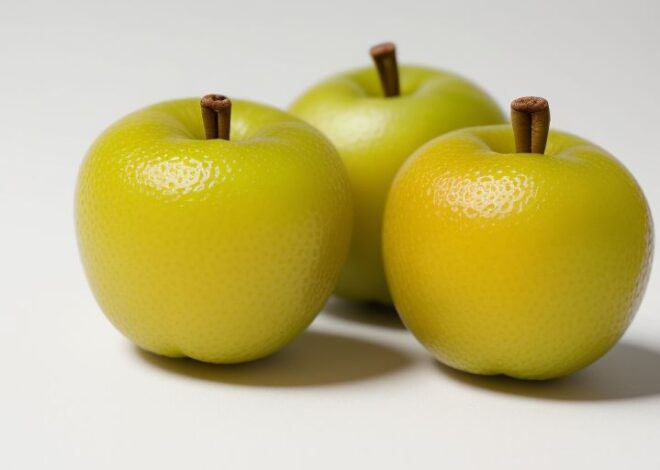
Nance
Introduction
Nance (Byrsonima crassifolia) is a tropical fruit native to the Americas, widely cultivated and consumed in many countries, particularly in Central and South America, the Caribbean, and parts of Asia. This fruit has been an integral part of the culture, cuisine, and traditional medicine of many communities for centuries. In this article, we will delve into the etymology, description, taxonomy, cultivars, distribution, cultivation, production, uses, phytochemistry, flavor, toxicity, nutrition, and cultural significance of Nance.
Etymology
The name “Nance” is derived from the Nahuatl language, spoken by the Aztecs, in which it is written as “nantzīn” or “nanzin”. This term refers to the fruit’s sweet and slightly acidic taste, similar to the word “nancle”, meaning “a little sour”.
Description
Nance is a small, yellow or orange fruit, typically 2-3 cm in diameter, with a thin, edible skin and a juicy pulp containing several seeds. The fruit grows on a small tree or shrub, Byrsonima crassifolia, which belongs to the Malpighiaceae family. The tree can reach up to 10 meters in height and has oval-shaped leaves with a smooth, dark green surface.
Taxonomy and Cultivars
Byrsonima crassifolia is classified into several cultivars, including:
| Cultivar | Description |
|---|---|
| ‘Nance’ | The most common cultivar, with yellow skin and sweet pulp. |
| ‘Guinea’ | A variant with orange skin and more acidic pulp. |
| ‘Cuban’ | A cultivar with yellow skin and a sweeter taste. |
Distribution and Habitat
Nance is native to tropical America, from Mexico to Brazil, and has been introduced to other regions, including Africa, Asia, and the Pacific Islands. It thrives in warm, humid climates with well-drained soil and full sun to partial shade.
Cultivation
Nance trees are relatively easy to cultivate and require minimal maintenance. They are often grown in home gardens, orchards, and agroforestry systems. Propagation occurs through seeds or cuttings, and trees typically take 3-5 years to produce fruit.
Production and Uses
Nance is consumed fresh, used in jams, preserves, and desserts, and made into a refreshing drink. The fruit is also used in traditional medicine to treat various ailments, such as fever, diarrhea, and respiratory issues.
Phytochemistry
Nance contains various bioactive compounds, including:
- Vitamins A and C
- Potassium and magnesium
- Flavonoids and phenolic acids
- Anthocyanins and carotenoids
Flavor
The flavor of Nance is often described as sweet and slightly acidic, with hints of pineapple, strawberry, and citrus.
Toxicity
While Nance is generally considered safe for consumption, excessive intake may cause gastrointestinal issues due to its high fiber and water content.
Nutrition
Nance is a nutrient-rich fruit, providing:
- High amounts of vitamin C and potassium
- Good sources of dietary fiber and antioxidants
- Low calorie count
Culture
Nance has significant cultural and historical value in many communities. In Mexico, it is considered a symbol of good luck and prosperity. In some Caribbean countries, Nance is used in traditional ceremonies and celebrations.
Quotes
- “Nance is a fruit that brings people together, it’s a symbol of community and sharing.” – Maria, a Mexican farmer
- “The taste of Nance takes me back to my childhood, it’s a flavor of nostalgia and happiness.” – Juan, a Caribbean musician
Tables
| Nutrient | Amount (per 100g) |
|---|---|
| Energy | 45 kcal |
| Carbohydrates | 11.2g |
| Fiber | 2.5g |
| Protein | 0.6g |
| Vitamin C | 30mg |
| Potassium | 140mg |
| Bioactive Compound | Amount (per 100g) |
|---|---|
| Flavonoids | 12.5mg |
| Phenolic acids | 8.2mg |
| Anthocyanins | 5.1mg |
| Carotenoids | 3.5mg |
In conclusion, Nance is a tropical fruit with a rich history, cultural significance, and nutritional benefits. Its unique flavor, versatility, and phytochemical composition make it a valuable addition to various cuisines and traditional practices. As we continue to explore and appreciate the diversity of fruits like Nance, we can work towards preserving cultural heritage and promoting sustainable agriculture practices.


